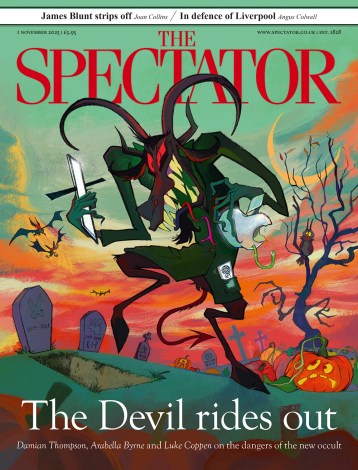
I’ve always thought of fraud as a relatively attractive form of crime — not, of course, in the sense that I daydream of committing it, but in the sense that it involves intelligence, imagination and nerve, rather than violence and damage.
I’ve always thought of fraud as a relatively attractive form of crime — not, of course, in the sense that I daydream of committing it, but in the sense that it involves intelligence, imagination and nerve, rather than violence and damage. Leaving aside the matter of moral conscience, a really smart fraudster has to combine the confidence of an actor with the sleight of hand of a magician and the technical skills of an accountant or a computer geek. You have to be brave enough to look your pursuers in the eye and brazen it out to the last, even if you know the game is up. And when the handcuffs finally click, you have to reveal with a last flash of bravado the dazzling intricacies of how you did it, so that no one can do it again but someone can make a decent caper movie.
On all those counts, Bernie Madoff is a dismal disappointment, despite the world-record scale of his crime. He was neither a risk-addicted extrovert nor an ardent womaniser nor an obvious bounder — unlike, say, the bogbrush-moustached Texan-born financier Sir Alan Stanford, who seems to have been all three and who now awaits trial for his own alleged multi-billion scam. Instead, Madoff was a bland, tanned septuagenarian Jewish socialite in New York and Palm Beach, whose well-heeled but unflamboyant lifestyle makes dull material for a biographer, even one as diligent as Erin Arvidlund. Attempts to uncover a wilder streak in Madoff’s youth — he once drove too fast down a narrow, snowbound city street, for instance — just don’t do the trick.
But perhaps it was sheer blandness that enabled him to get away with it all for so long. As an investigative reporter, Arvidlund first tried to expose him as far back as 2001, when Madoff was still regarded by everyone, including the then chairman of the US Securities & Exchange Commission (SEC), as a wise owl of the markets and a trusted custodian of wealth, as well as a noted philanthropist in his own right.
That favourable view prevailed time and again over warnings from the likes of Arvidlund and Harry Markopoulos, a Boston accountant who spotted the impossibility of Madoff’s super-consistent investment performance and repeatedly urged the SEC to investigate. But they never did so properly, and Madoff just carried on shuffling cash through his giant Ponzi scheme — taking new investors’ money in, using it to pay dividends to existing investors, creaming some off for himself, but never actually investing any of it at all. Were it not for the fact that, in the financial panic of last autumn, too many investors wanted their cash out simultaneously, he might have kept up the façade until the day he died at his desk.
There was no great wizardry, just a rather elderly computer, some locked doors, a couple of dozen staff and a busy bank account. Arvidlund and Adam LeBor both do their best to make it sound interesting, but even after his fall Madoff did little to help them: when FBI officers came to his East Side apartment to arrest him he told them there was ‘no innocent explanation’, but refused to incriminate accomplices or say much else at all, except that he was sorry for the shame he had brought on his family.
So if you want all the known facts about the Madoff case so far, read Erin Arvidlund. If you want to understand why so many wealthy folk in the Palm Beach Country Club and elsewhere were suckered in by him, contemplate the fallibility and herd-instinct of human nature, especially in times of easy money and rising asset prices. And for a distinctive analysis of Madoff’s motivation in the context of his position in the American Jewish community — perhaps, under the suave exterior, there was contempt for the establishment Jews who were his clients but who looked down on those like him of recent East European origin — read Adam LeBor.
But don’t expect palpitations. LeBor has a nice final image of Madoff working in the engraving shop of Butner federal prison in North Carolina, where he is likely to spend the rest of his life. His job is to engrave nameplates for desks and doors, and for a moment I pictured him secretly engraving a plate for fake $100 bills with which he plans to buy himself a daredevil helicopter escape, a Caribbean hideout and a hot Latina girlfriend. But that just isn’t Madoff’s style, and he must be an awfully boring cellmate.






Comments